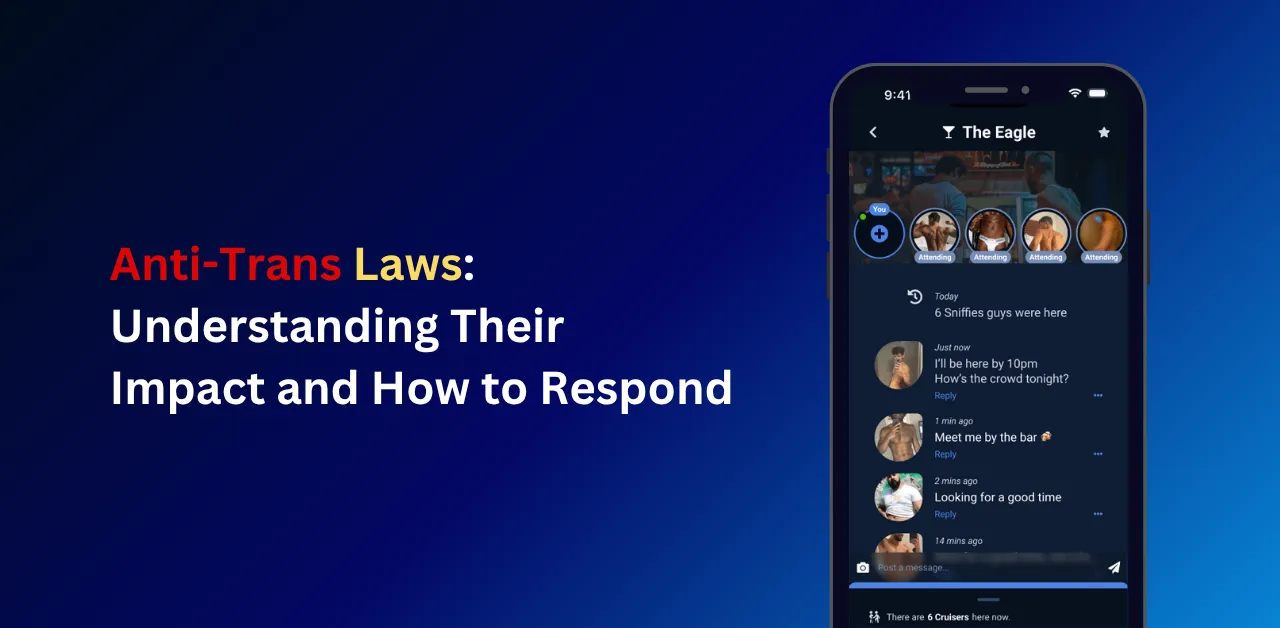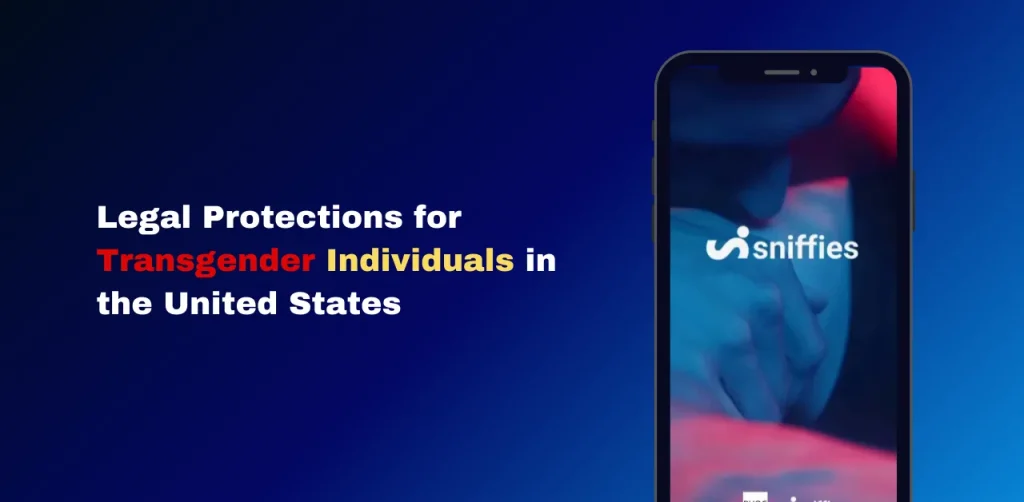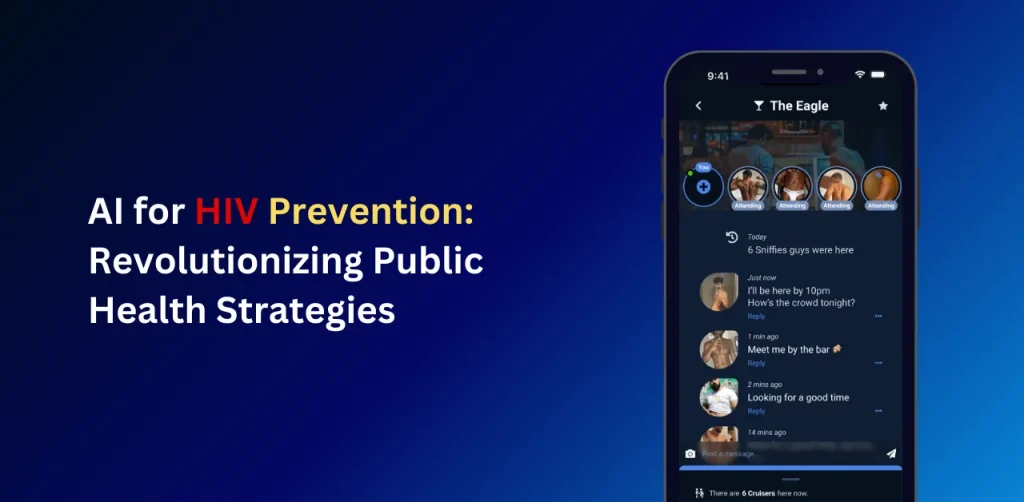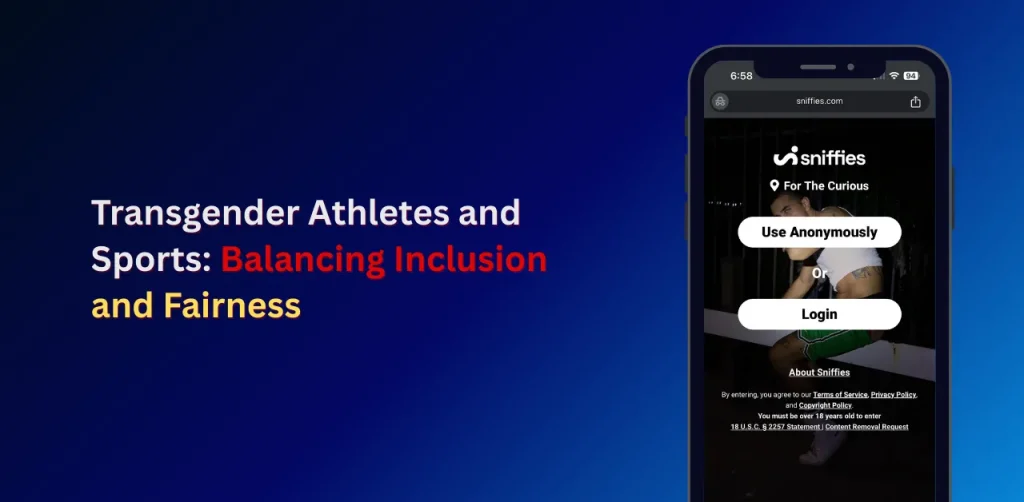Anti-Trans Laws Their Impact and How to Respond

Are anti-trans laws reshaping lives? These laws, restricting gender-affirming care and public participation, harm transgender individuals and communities. Understanding their scope and impact empowers you to advocate for equality and inclusion. This guide unpacks anti-trans laws, their effects, and practical steps to support transgender rights. From legal challenges to community action, learn how to make a difference today. Ready to stand up?
What Are Anti-Trans Laws?
Anti-trans laws are legislative measures that restrict the rights of transgender and nonbinary individuals. In 2025, these laws often target gender-affirming healthcare, bathroom access, sports participation, and education policies. According to the Transgender Law Center, over 500 anti-trans bills were proposed in the U.S. in 2024, with many carrying into 2025. These laws aim to limit transgender visibility and access to equitable treatment, often under the guise of protecting public safety or traditional values.
Common Types of Anti-Trans Legislation
- Healthcare Bans: Prohibit gender-affirming care for minors or adults.
- Bathroom Bills: Restrict transgender individuals from using facilities matching their gender identity.
- Sports Restrictions: Ban transgender athletes from competing in gender-aligned sports.
- Education Policies: Limit discussions of gender identity in schools.
Did You Know? The Williams Institute reports that 1.8% of U.S. adults identify as transgender, yet they face disproportionate discrimination due to these laws.
The Impact of Anti-Trans Laws
Anti-trans laws have far-reaching consequences, affecting mental health, safety, and equality. They create barriers to essential services and foster hostile environments. Here’s how they impact communities:
Mental Health and Well-Being
- Increased Risk: The Trevor Project found that 60% of transgender youth experienced worsened mental health due to anti-trans laws.
- Access Barriers: Bans on gender-affirming care limit access to treatments that reduce suicide risk by 50%, per a 2023 study from the American Academy of Pediatrics.
Social and Economic Consequences
- Discrimination: Laws restricting bathroom access or public participation increase workplace and public discrimination.
- Economic Strain: Transgender individuals face higher unemployment rates (15% vs. 7% for cisgender peers), exacerbated by legal barriers.
Community and Family Effects
- Family Stress: Parents of transgender youth report increased anxiety navigating restrictive laws.
- Community Division: These laws fuel stigma, dividing communities over misinformation about transgender identities.
Expert Insight: As a policy researcher with 10 years in human rights, I’ve seen how anti-trans laws amplify systemic inequities, making advocacy critical.
Why Are Anti-Trans Laws on the Rise?
Several factors drive the surge in anti-trans legislation, often rooted in political and social dynamics:
- Political Polarization: Lawmakers use anti-trans rhetoric to galvanize specific voter bases.
- Misinformation: False narratives about transgender people fuel fear-based policies.
- Organized Campaigns: Groups like the Alliance Defending Freedom fund and draft anti-trans bills.
Source: The Human Rights Campaign tracks these trends, noting a 20% increase in anti-trans bills from 2023 to 2024
How to Respond to Anti-Trans Laws
Combating anti-trans laws requires informed action. Here are practical steps to advocate for change:
Educate Yourself and Others
- Learn: Read resources from the ACLU’s transgender rights page (aclu.org).
- Share: Use social media platforms like X to amplify accurate information about transgender issues.
- Engage: Host community discussions to dispel myths and foster understanding.
Support Advocacy Organizations
- Donate: Contribute to groups like the Transgender Law Center or The Trevor Project.
- Volunteer: Join local LGBTQ+ organizations to assist with campaigns.
- Amplify: Share their resources to broaden their reach.
Advocate for Policy Change
- Vote: Support candidates who prioritize transgender rights.
- Contact Lawmakers: Write to representatives opposing anti-trans bills.
- Petitions: Sign and share petitions from reputable organizations.
Pro Tip: Use tools like Vote.org to check voter registration and find local advocacy events.
Challenges and Opportunities
Challenges:
- Legal Battles: Over 50% of anti-trans laws face court challenges, delaying implementation but draining resources.
- Public Perception: Misinformation on platforms like X can amplify anti-trans sentiment.
- Youth Vulnerability: Transgender youth face heightened risks, with 40% reporting bullying tied to these laws.
Opportunities:
- Grassroots Movements: Community-led advocacy is gaining traction, with 30% more local groups forming since 2023.
- Corporate Support: Companies with inclusive policies, like those rated by the HRC’s Corporate Equality Index, are increasing visibility.
- Legal Wins: Recent court rulings, like those in 2024, have blocked several anti-trans laws, setting precedents.
What are the effects of anti-trans laws on youth?
They increase mental health risks, limit healthcare access, and create hostile school environments.
Which states have the most anti-trans laws?
States like Texas, Florida, and Tennessee led in 2024, with trends continuing
How can I support transgender rights?
Advocate through voting, donating to organizations like GLAAD, and educating others.
Conclusion: Take Action Against Anti-Trans Laws
Anti-trans laws threaten the rights and well-being of transgender individuals, but you can help turn the tide. By educating yourself, supporting advocacy groups, and pushing for policy change, you contribute to a more inclusive future. Start today: visit the Transgender Law Center, share this guide, or contact your local representative. Together, we can dismantle barriers and build a world where everyone thrives.
For more information, explore our latest articles about



